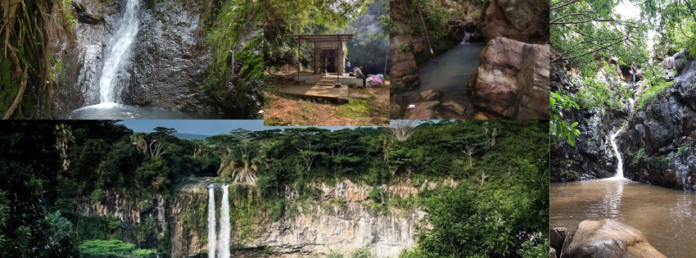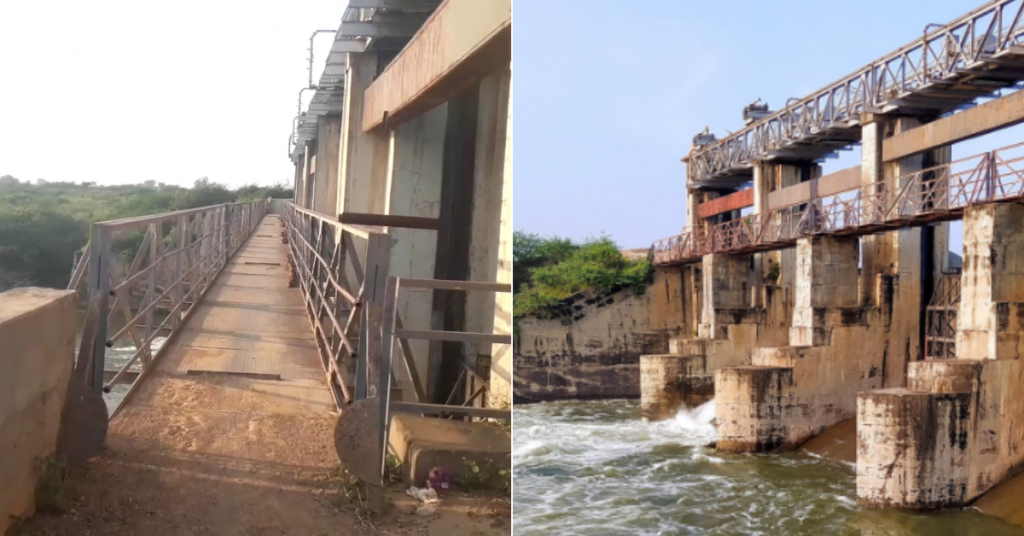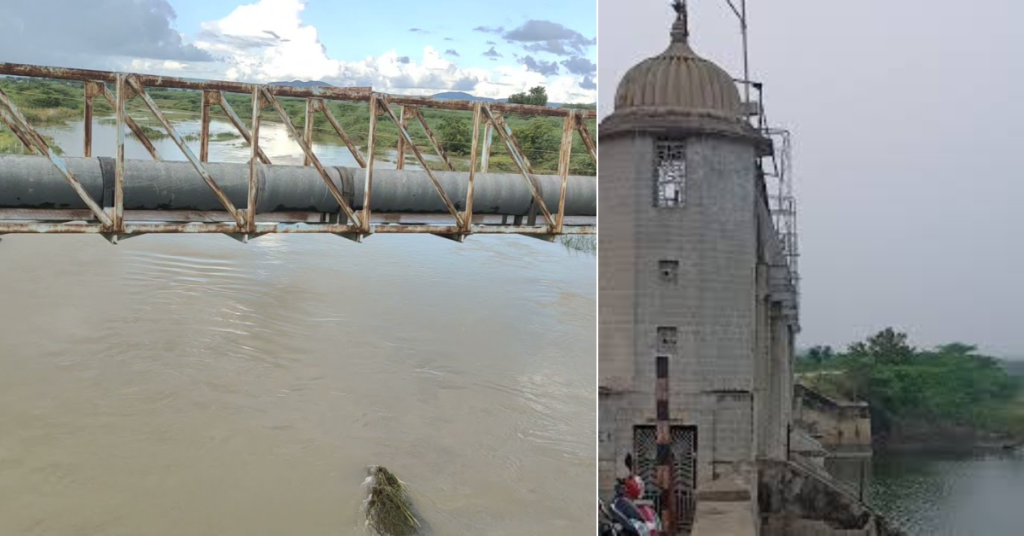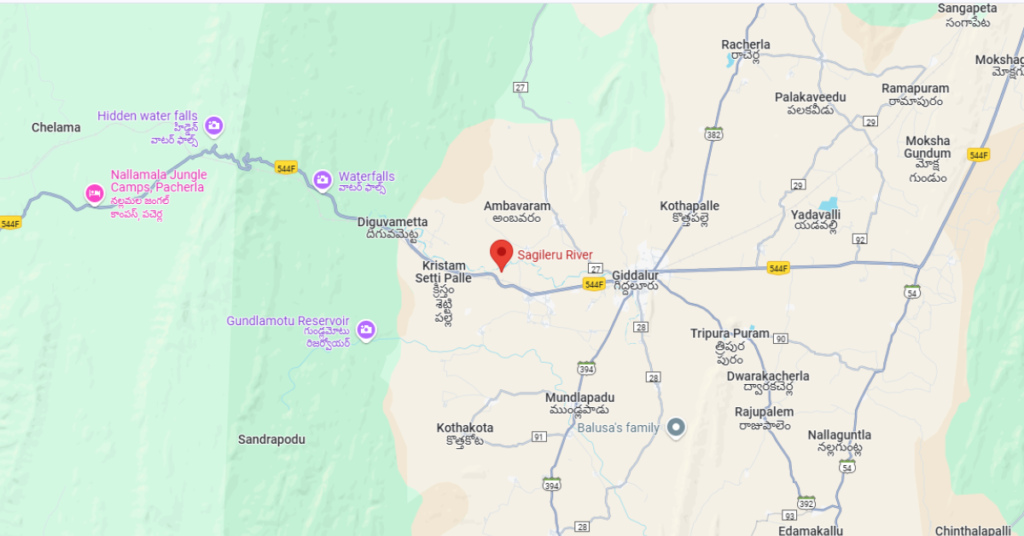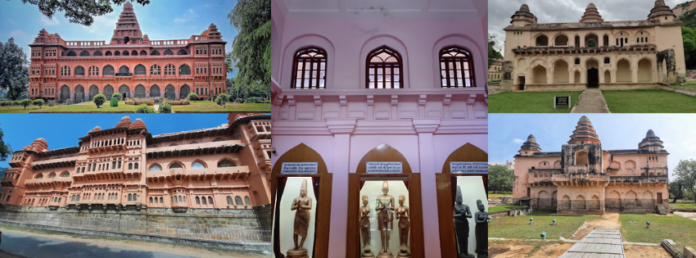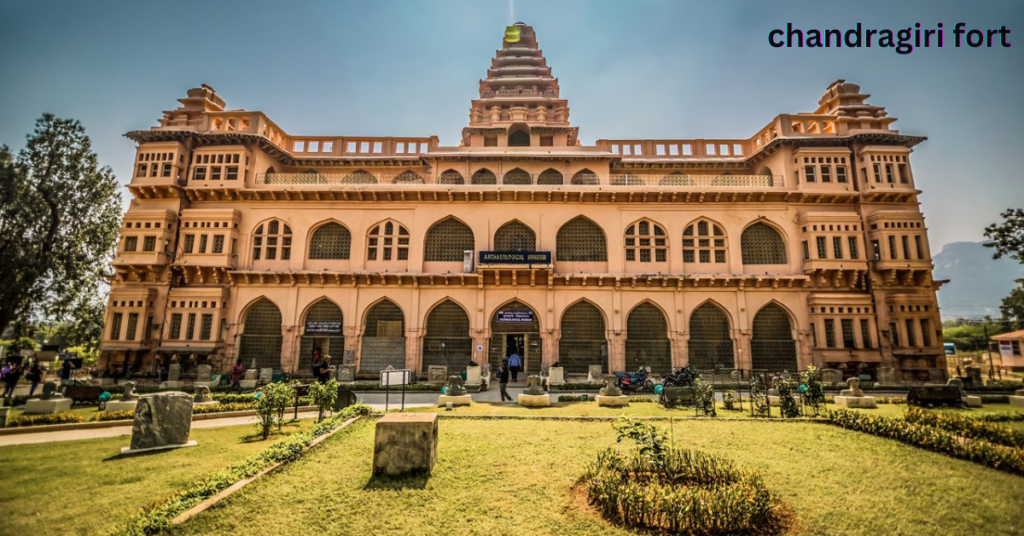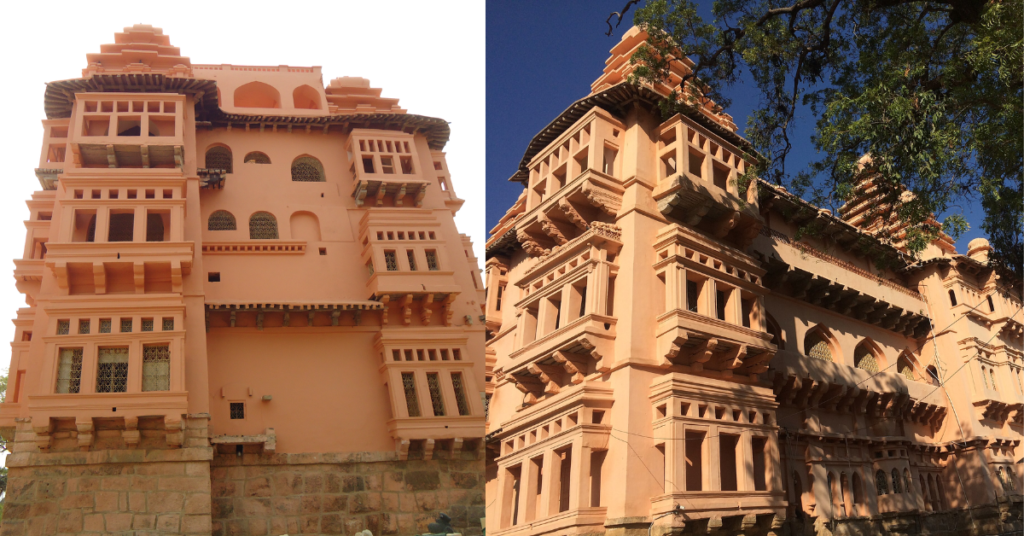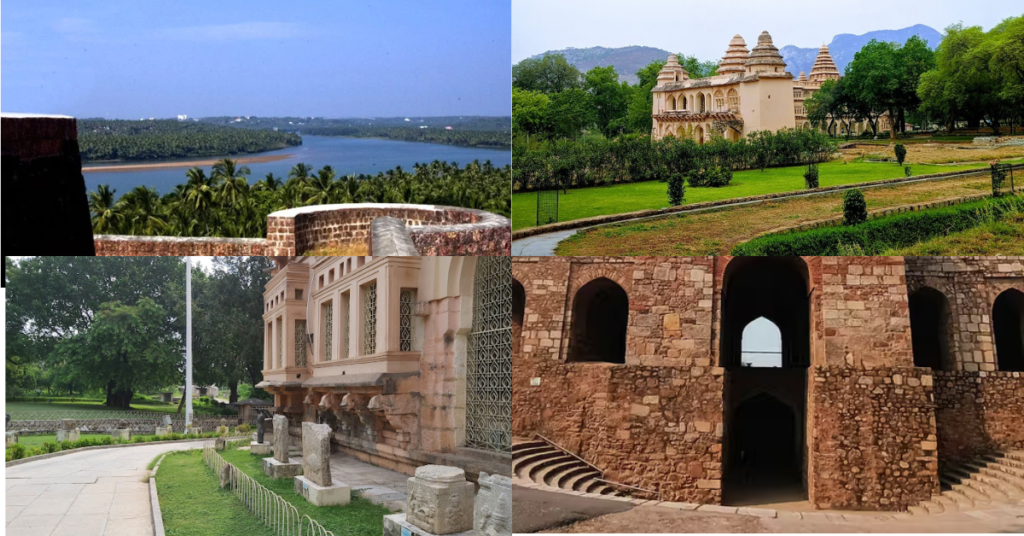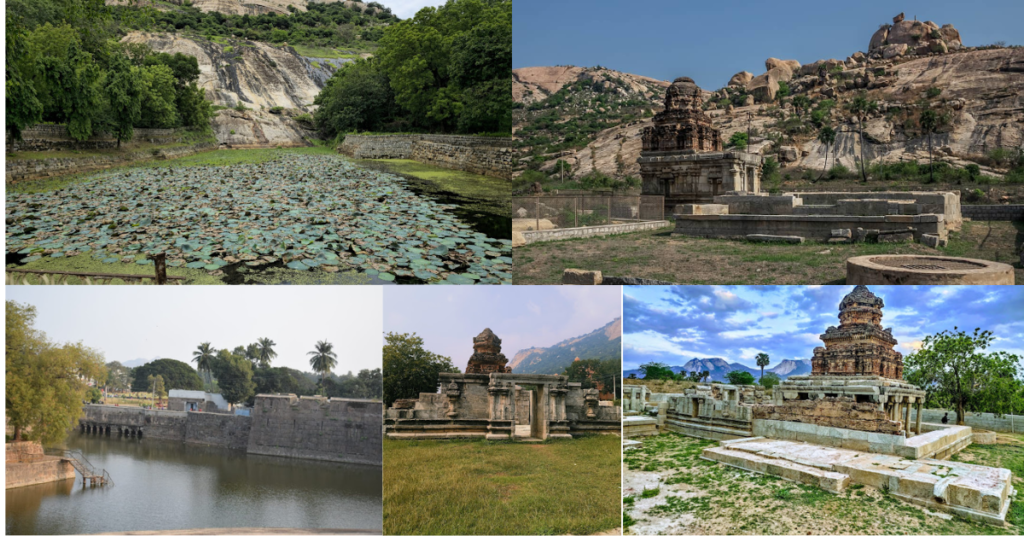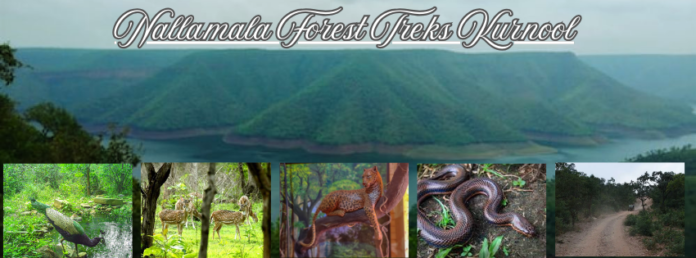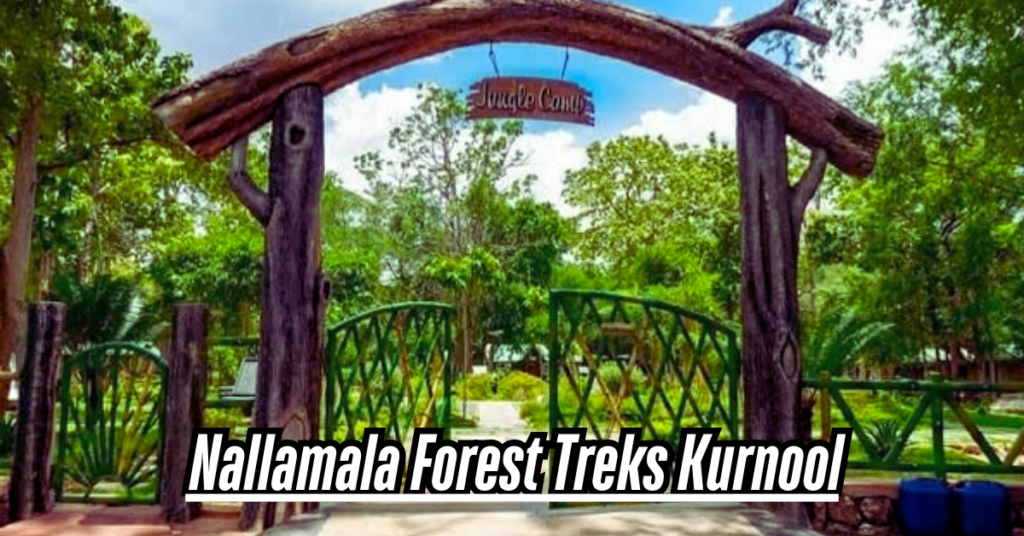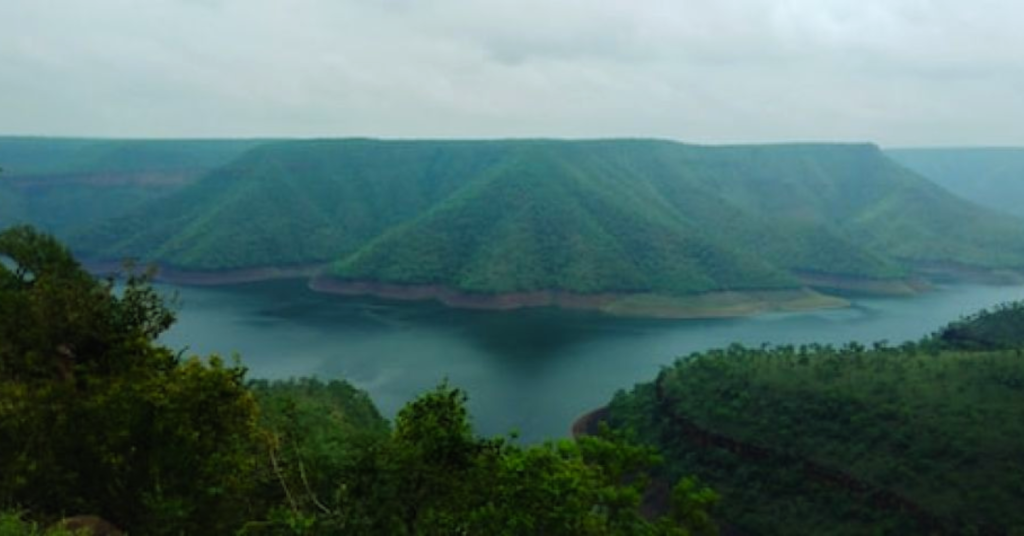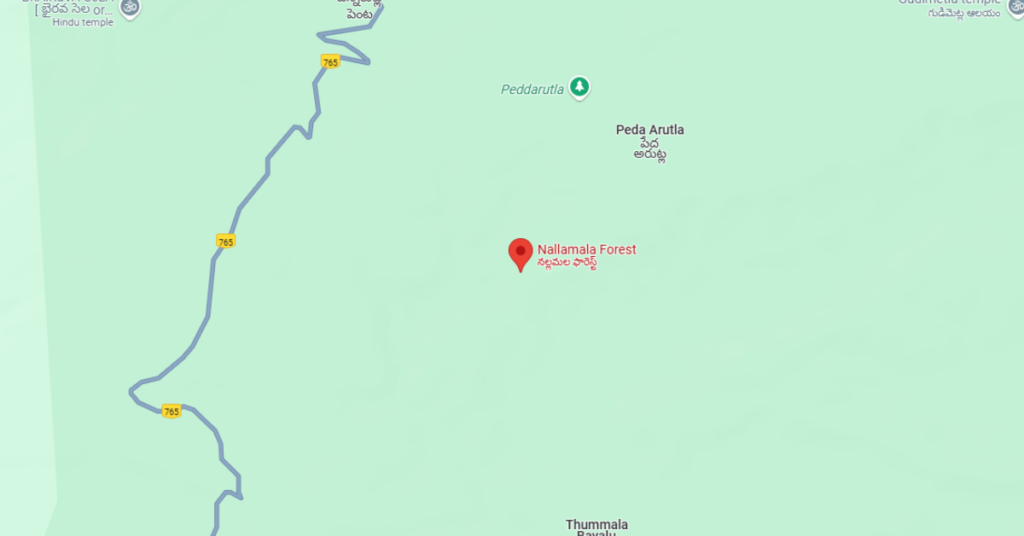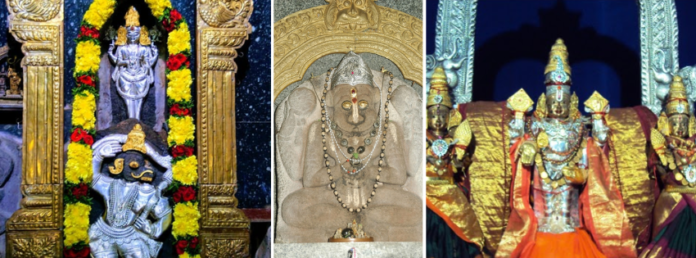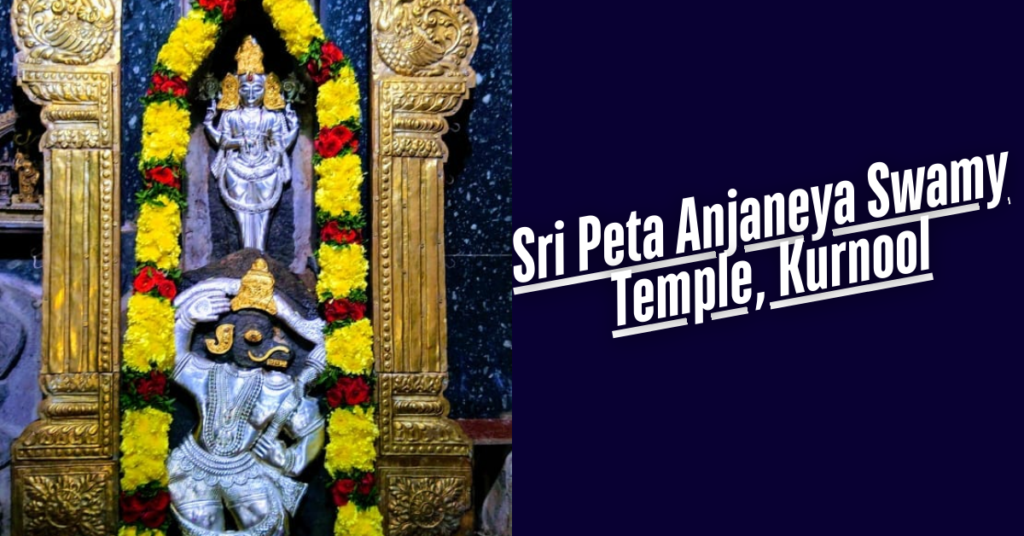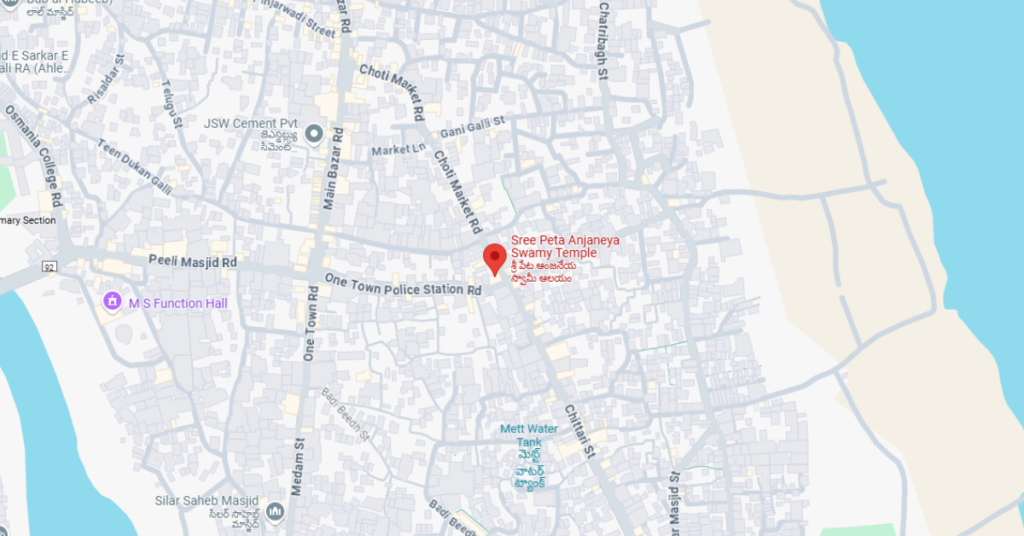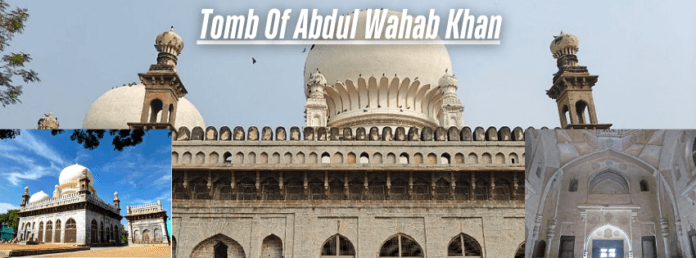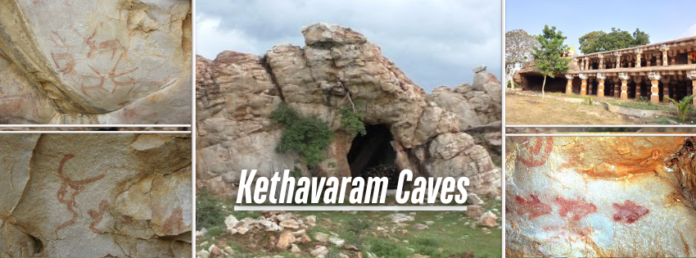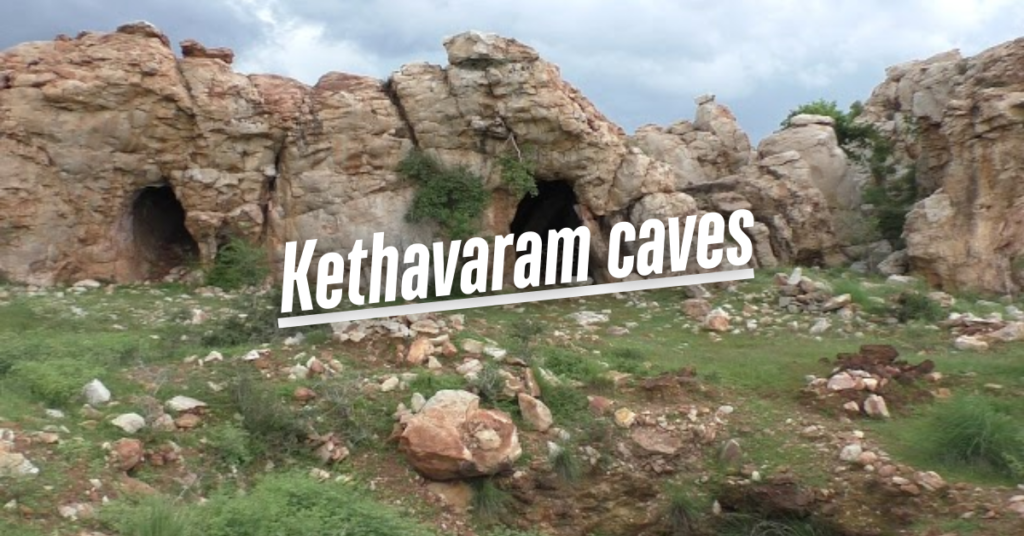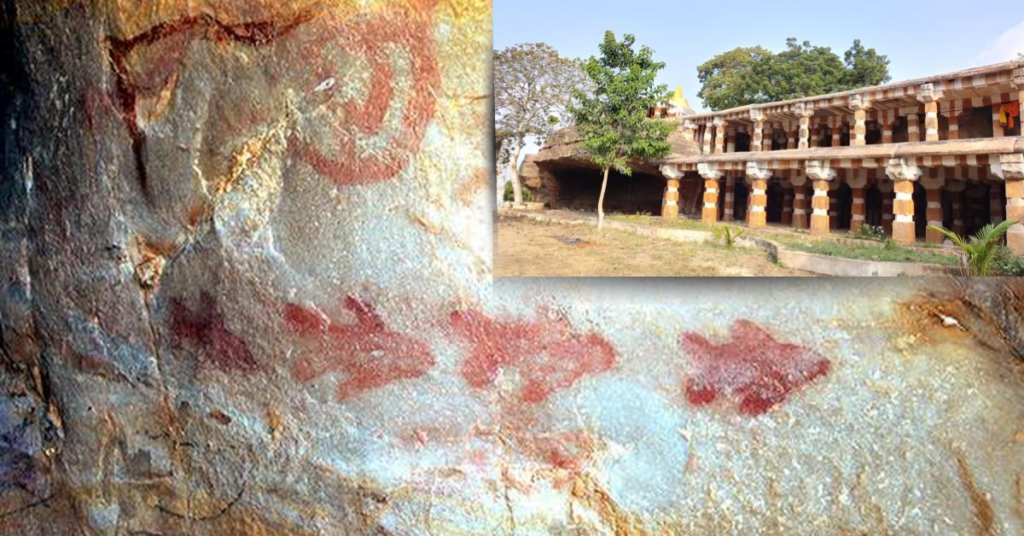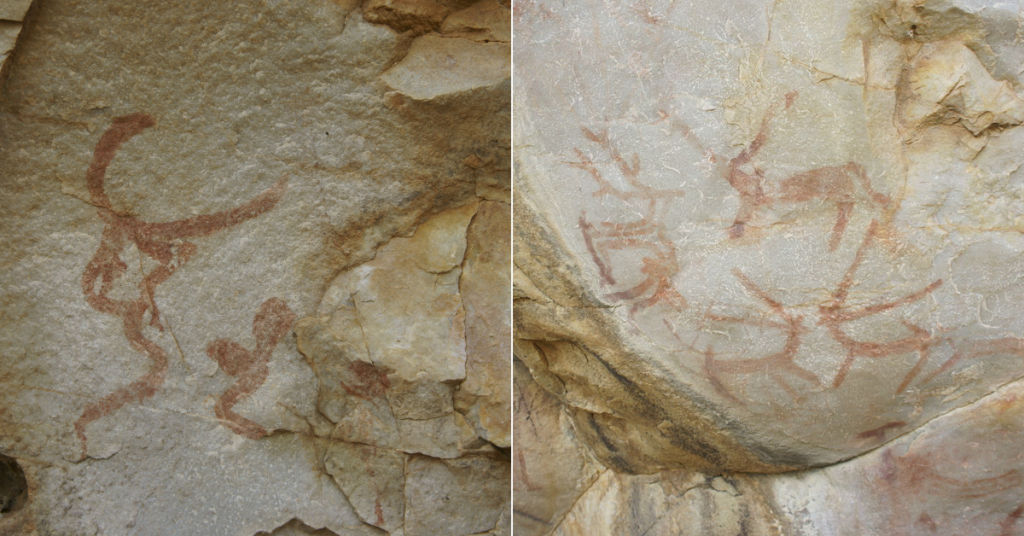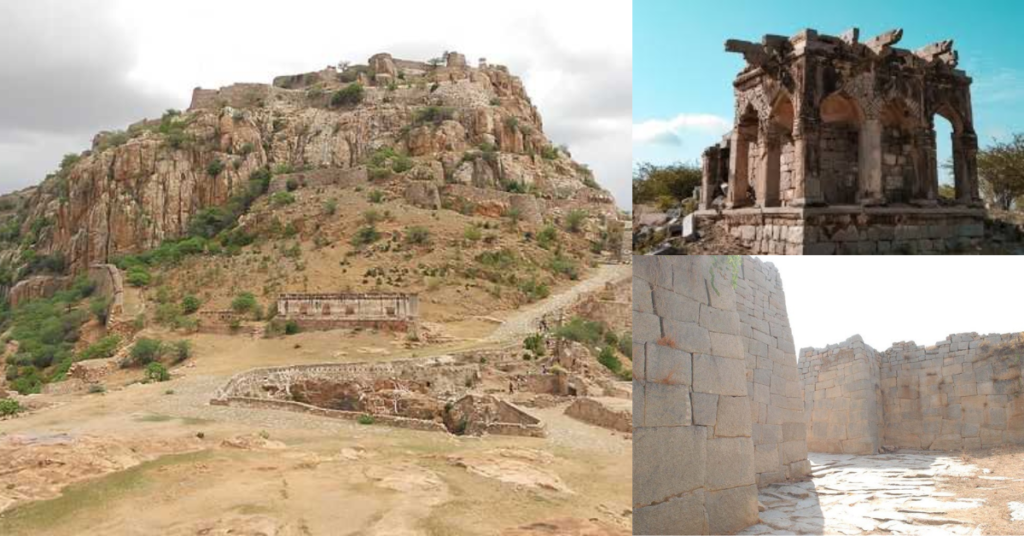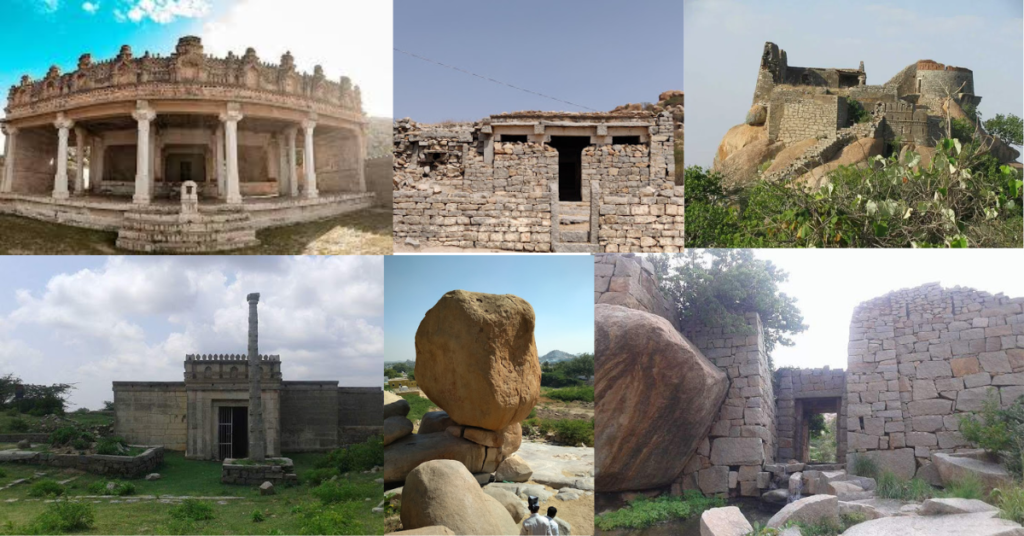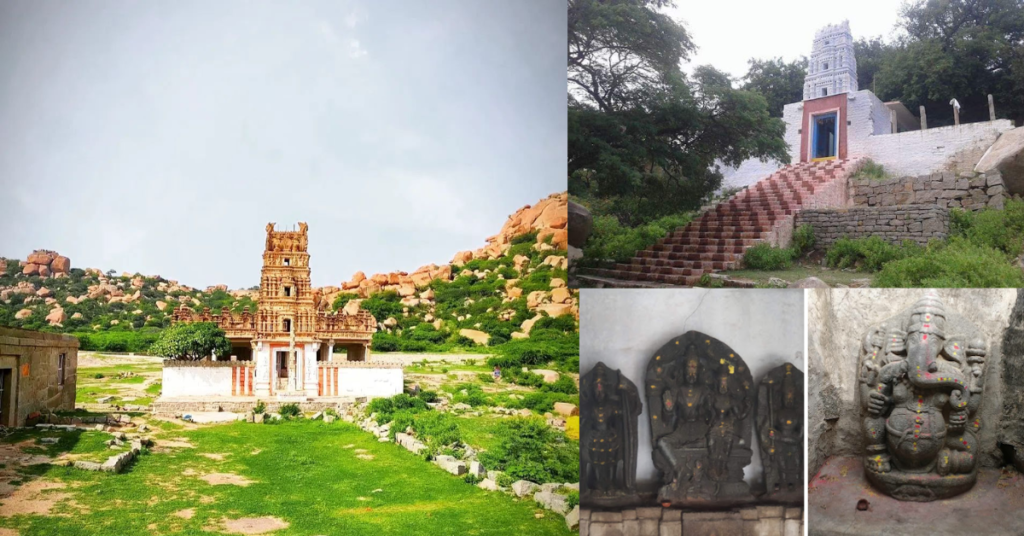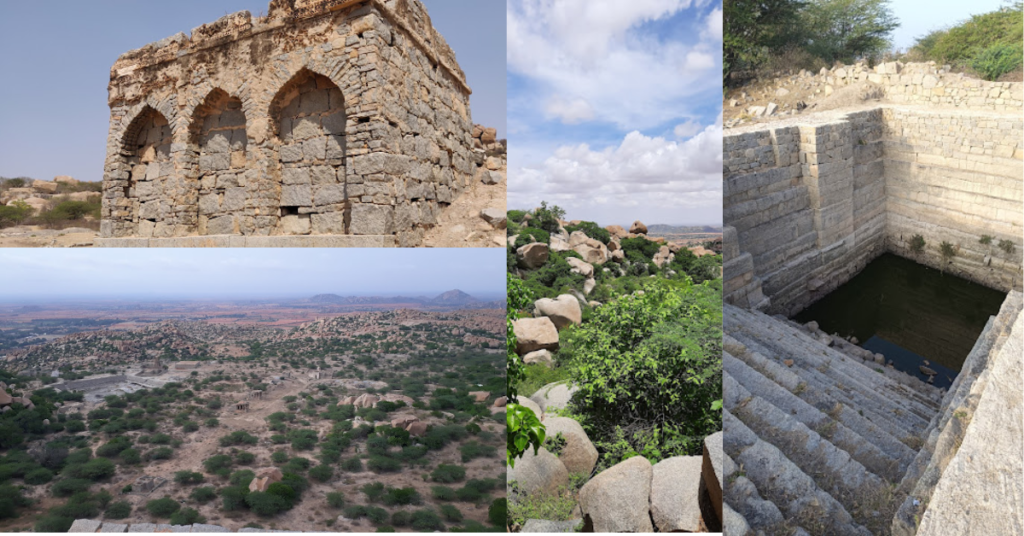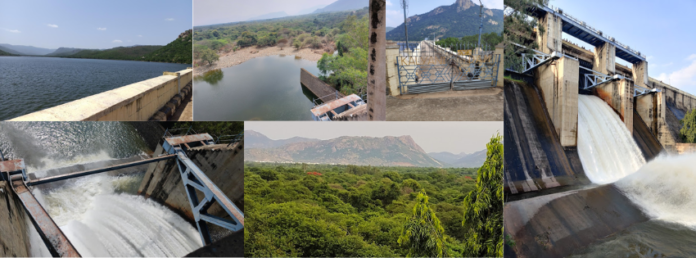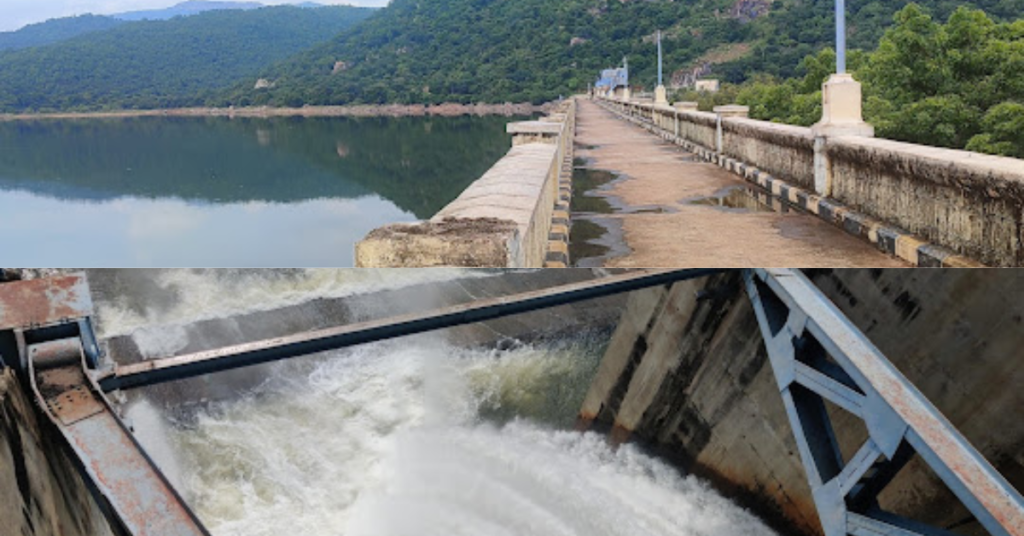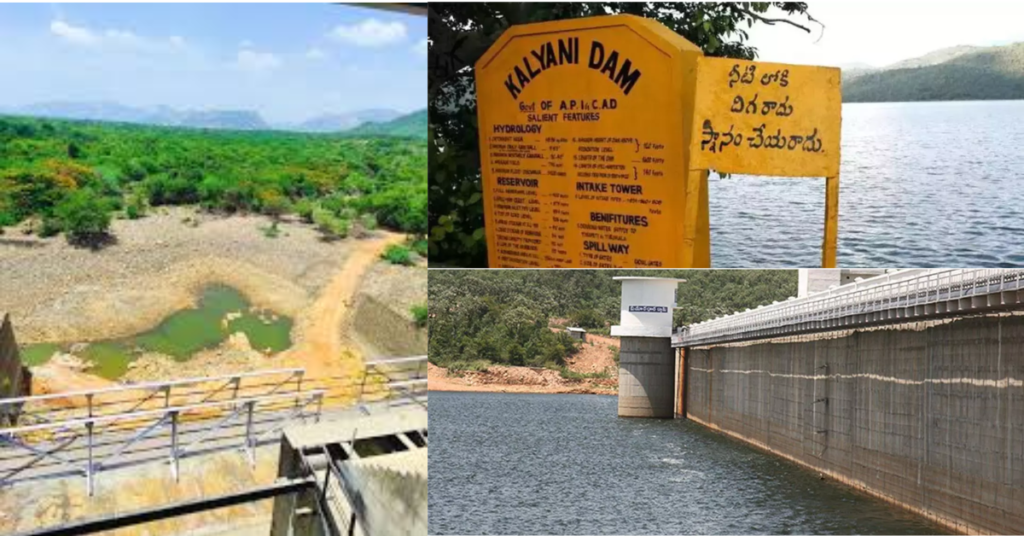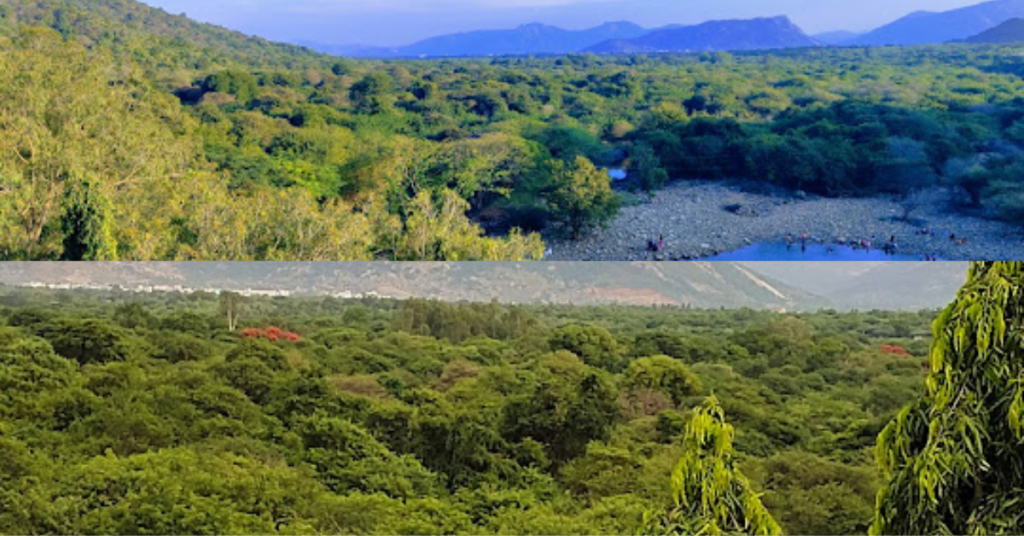Introduction: A Secret Haven of Serenity
Just a few kilometers from the bustling temple town of Tirupati, tucked away in the lush greenery of the Eastern Ghats, lies the Veyi Lingala Kona Waterfall—a mystical retreat where nature meets spirituality. Named after the belief that “a thousand lingas” (Veyilingala) were once worshiped here, this serene cascade is not only a hidden wonder but also home to an ancient Shiva temple at its base.
Visiting this secluded spot on a misty post-monsoon morning, I was greeted by the rhythmic sound of gushing water and the chirping of birds—a refreshing escape from city life. If you’re looking for a peaceful nature retreat with a spiritual touch, Veyilingala Kona is the perfect destination.
The Serendipitous Discovery
My journey to Veyi Lingala Kona began with a simple desire: to escape the crowds that throng Tirupati’s renowned temples. I was seeking solitude, a moment of introspection amidst nature’s grandeur. A local friend, a seasoned trekker, whispered about a “hidden waterfall,” a place where time seemed to stand still. Intrigued, I decided to venture into the unknown.
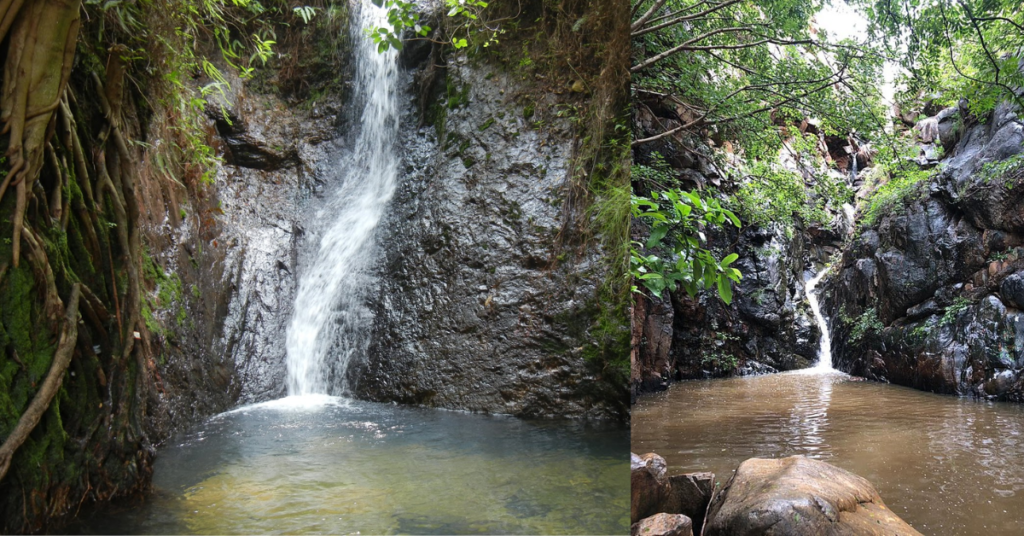
The trek itself was a delightful prelude. The path, though rugged in places, was enveloped by a dense canopy of trees, the air thick with the scent of damp earth and wildflowers. The rustling leaves and the distant chirping of birds were the only sounds that broke the tranquil silence. As I ventured deeper, a sense of anticipation grew, a feeling that I was about to uncover something truly special.
The Revelation: Veyi Lingala Kona Waterfall
And then, it appeared. A cascade of crystal-clear water tumbles down a rocky cliff, forming a serene pool at its base. Veyilingala Kona Waterfall, in all its pristine glory. The sight was breathtaking, a perfect blend of nature’s raw beauty and tranquil serenity. The water, cool and refreshing, invited me to shed the weariness of the journey.
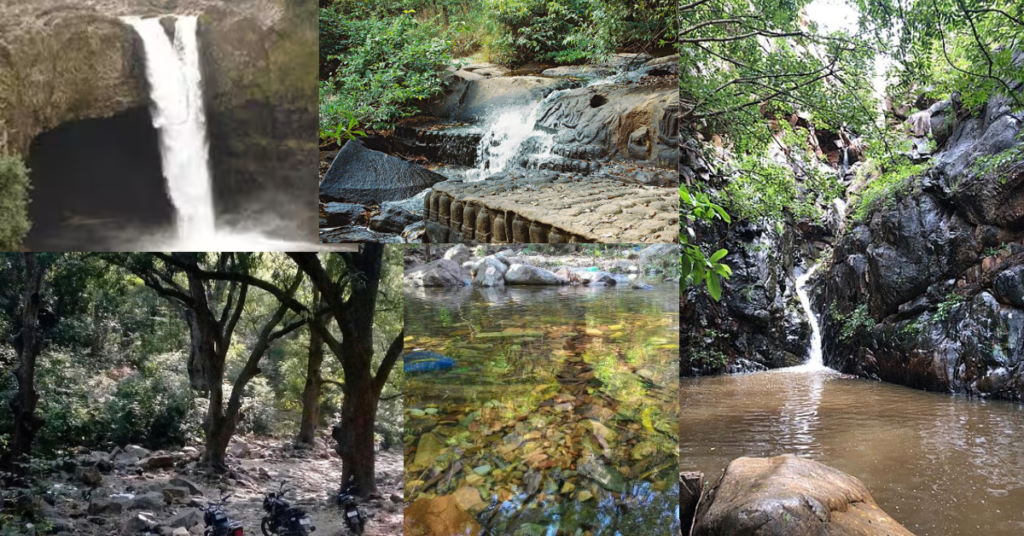
But Veyilingala Kona is more than just a picturesque waterfall. At its base lies an ancient Shiva temple, a testament to the spiritual significance of this secluded spot. The temple, though small, exudes an aura of profound peace. The rhythmic chanting of the priests and the gentle ringing of bells created a soothing ambiance, perfect for meditation and contemplation.
The Spiritual Heart of Veyilingala Kona: The Shiva Temple
This temple isn’t just a structure; it’s a living testament to the area’s rich history and spiritual heritage. The locals believe that the sage Veyilingala himself meditated here, hence the name. The temple, nestled amidst the rocks, feels like a portal to another era. The simple stone carvings and the ancient lingam radiate a sense of timelessness.
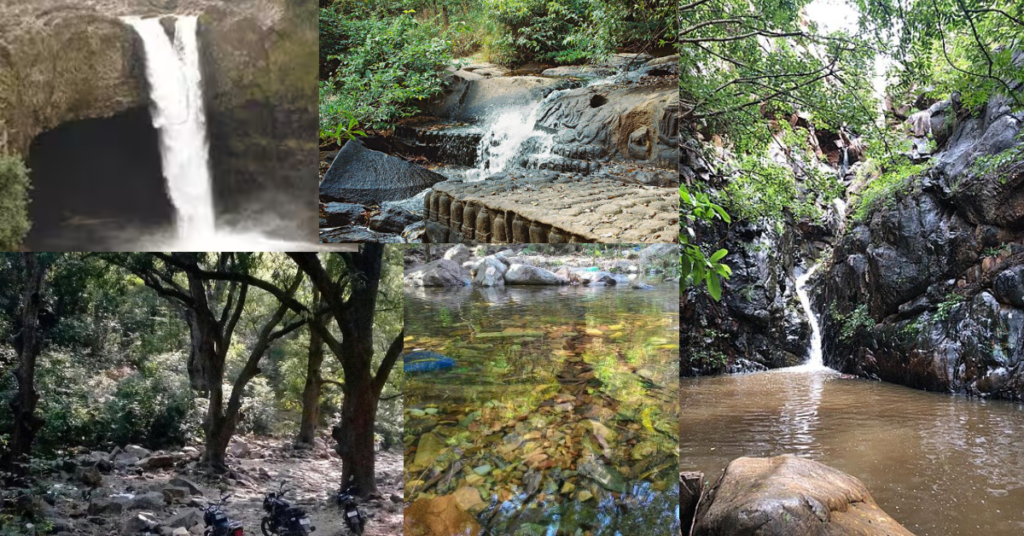
I spent hours at the temple, meditating by the waterfall, feeling the cool spray on my face, and listening to the soothing sounds of nature. It was a profound experience, a moment of connection with something greater than myself. The peace I found there was unlike anything I had experienced before.
Why Veyilingala Kona Should Be On Your Travel List
Veyilingala Kona offers a unique blend of natural beauty and spiritual tranquility. It’s a perfect escape for those seeking:
1. Visit the Ancient Shiva Temple
Located at the base of the waterfall, this small Lord Shiva temple is a sacred spot for devotees. Many believe that a dip in the waterfall before praying brings spiritual purification.
2. Nature Walks & Meditation
The serene surroundings make Veyilingala Kona an ideal place for meditation and yoga. Walk along the nature trails and immerse yourself in the calming presence of waterfalls and forest.
3. Photography & Birdwatching
With misty hills and flowing water, the spot is a photographer’s paradise. If you’re lucky, you might also spot colorful birds native to this region.
4. Trekking Adventures
Adventure seekers can enjoy a short trek through the forest leading to different viewpoints of the waterfall. Be sure to wear good trekking shoes as the terrain can be slippery post-monsoon.
Google Maps Integration
To help you plan your visit, here’s the location of Veyilingala Kona Waterfall:
Best Time to Visit Veyilingala Kona
The best time to visit Veyi Lingala Kona Waterfall is post-monsoon, from September to February. During this period, the waterfall is at its fullest, and the weather is pleasant. The monsoon season (June to August) can make the trek challenging due to slippery paths.
Also Read: Chandragiri Fort: A Journey Through Time and Royalty
Getting There: A Traveler’s Guide
Veyilingala Kona is located near Tirupati, Andhra Pradesh. Here’s how you can reach it:
- By Air: The nearest airport is Tirupati Airport (TIR). From there, you can hire a taxi or take a bus to Tirupati. You can book your flights here.
- By Train: Tirupati Railway Station (TPTY) is well-connected to major cities in India.
- By Road: Tirupati is easily accessible by road from nearby cities.
- Local Transport: From Tirupati, you’ll need to hire a taxi or an auto-rickshaw to reach the starting point of the trek
For a hassle-free trip, consider booking your accommodations in advance. Check out some great options here
Nearby Attractions
- Tirumala Temple – 10 km (The world-famous Balaji Temple)
- Kapila Theertham – 8 km (A sacred waterfall near Tirupati)
- Sri Kalahasti Temple – 45 km (One of the Pancha Bhoota Sthalas)
Traveler’s Toolkit: Must-Have Essentials
| Item | Why You Need It |
|---|---|
| Waterproof Backpack | Protects belongings from water splashes |
| Trekking Shoes | Ensures grip on slippery paths |
| Camera | Capture scenic landscapes |
| Power Bank | Keep your phone charged |
Engage with Us!
Which part of Veyilingala Kona excites you the most? Is it the hidden waterfall, the Shiva temple, or the serene ambiance? Share your thoughts in the comments below!
Found this guide helpful? Don’t forget to share it with your friends and family who love exploring hidden gems.
Summary
Veyi Lingala Kona Waterfall is a hidden gem that offers a perfect blend of natural beauty and spiritual solace. Whether you’re seeking a peaceful retreat, a spiritual experience, or an adventure in nature, this secluded spot near Tirupati has something for everyone.
So, what are you waiting for? Pack your bags, book your tickets, and get ready to explore the enchanting Veyilingala Kona Waterfall. And if you’re looking for more travel inspiration, check out our other guides on hidden gems and must-visit destinations.
Happy travels!
CTA:
- Which part of Veyilingala Kona excites you most? Share below!
- Is this helpful? Share it with friends!
Frequently Asked Questions
Veyilingala Kona Waterfall is a hidden gem near Tirupati, known for its serene ambiance, natural beauty, and a Shiva temple at its base. It is believed that bathing in the waterfall washes away sins.
The waterfall is located near the Chandragiri and Tirumala Hills, approximately 8 km from Tirupati in Andhra Pradesh.
The best time to visit is post-monsoon (September to February) when the waterfall is at its full flow and the surroundings are lush green.
The water is shallow near the base, making it safe for bathing, but caution is advised during peak monsoon when water flow increases.
Basic facilities like small shops and a few local eateries are available nearby, but it’s best to carry your food and water.

